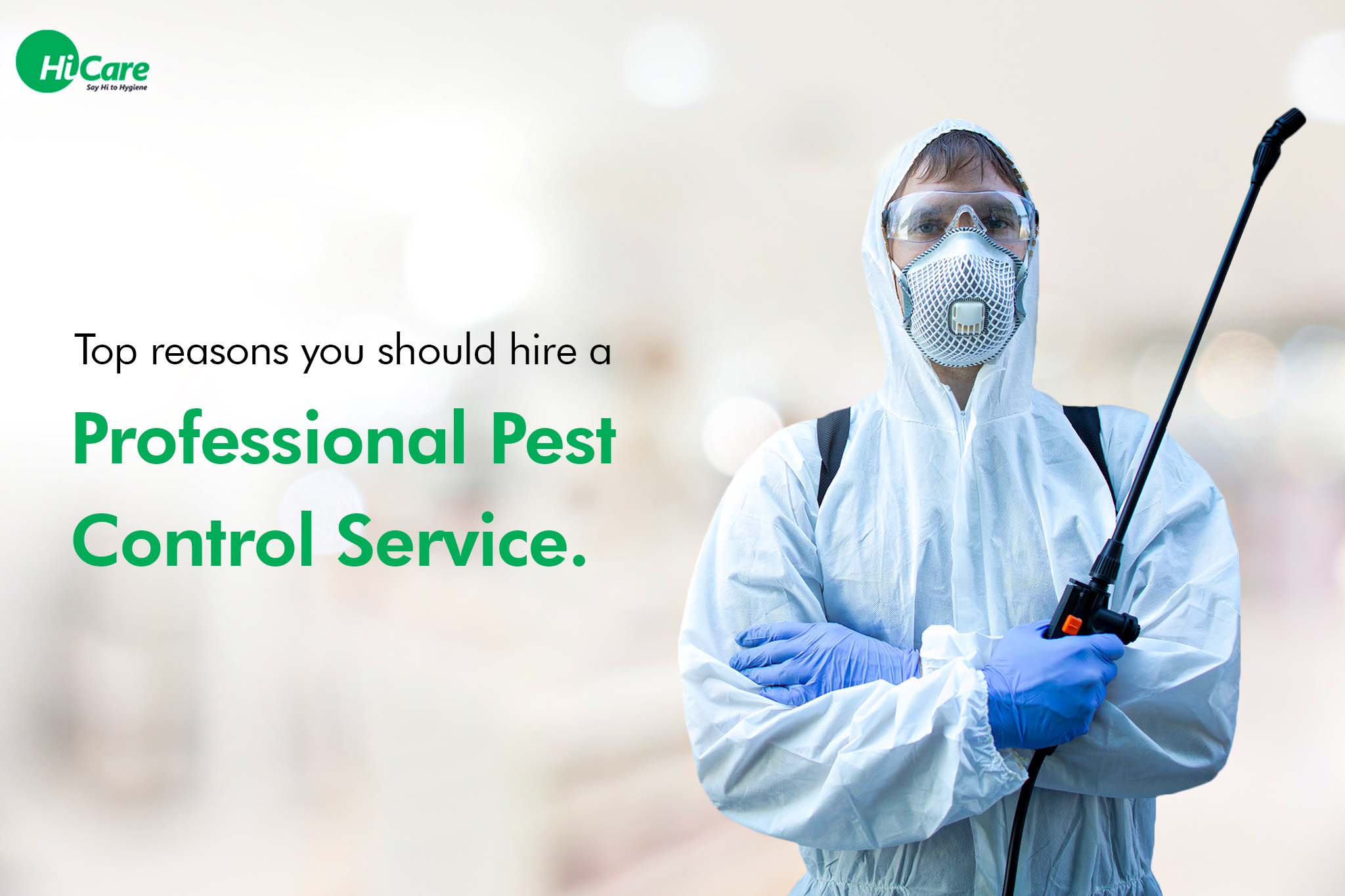A1 Bed Bug Exterminator Charlotte - Specialized Bed Bug Removal
A1 Bed Bug Exterminator Charlotte - Specialized Bed Bug Removal
Blog Article
Bed Bug Therapy Break Down: Contrasting Chemical Vs. Non-Chemical Solutions
In the realm of pest control, specifically when taking care of the consistent concern of bed pests, the choice between chemical and non-chemical therapy services can be a pivotal one. Both strategies provide distinct benefits and downsides, influencing elements such as efficiency, safety and security considerations, and overall expense. By examining the nuanced details of each technique, a clearer understanding of which path to go after in attending to a bed pest infestation can be achieved.
Efficiency of Chemical Therapies
Chemical therapies for bed pest problems have been extensively recognized for their powerful and fast efficiency in removing these insects. When thinking about the effectiveness of chemical therapies, it is critical to understand that they can provide a complete and quick remedy to a bed bug trouble.
Additionally, chemical treatments have the benefit of supplying recurring effects, meaning that they can proceed to eliminate bed pests also after the initial application. This recurring activity is particularly useful in combating any type of potential re-infestations. In addition, the rapid activity of chemical therapies can bring alleviation to people facing extreme bed insect problems, enabling them to gain back control of their space quickly.
Safety Worry About Chemical Solutions
One essential element that needs cautious consideration when making use of chemical options for bed insect treatment is making sure the safety of owners and the environment. Exposure to particular chemicals made use of in bed pest treatments can lead to breathing issues, skin irritation, or other damaging responses, specifically in people with pre-existing problems or level of sensitivities.
Moreover, the environmental effect of chemical options is one more considerable consideration. Some pesticides used in bed pest therapies may be hazardous to valuable bugs, wild animals, and communities if they leach right into the soil or water supply. It is important to utilize chemical treatments deliberately, complying with safety guidelines, and considering much less harmful alternatives to minimize these dangers and guarantee the reliable and secure management of bed insect infestations.
Advantages of Non-Chemical Methods
Taking into consideration the prospective security issues and ecological effect linked with chemical remedies for bed pest treatment, discovering non-chemical techniques presents an appealing option with several unique benefits. Non-chemical techniques offer a safer option for families, especially those with family pets, individuals, or children delicate to rough chemicals. These techniques remove the threats of exposure to harmful compounds, reducing the capacity for damaging health effects. Furthermore, non-chemical therapies are eco-friendly, as they do not add to air or water contamination, making them a sustainable option for parasite control.
In addition, non-chemical remedies can be reliable in targeting bed pests, including hard-to-reach locations where chemical treatments might not penetrate - A1 charlotte pest control companies. Approaches such as heat treatment, vacuuming, steam cleansing, and bed mattress encasements offer thorough elimination without the use of harmful chemicals.
Limitations of Non-Chemical Treatments

Additionally, non-chemical therapies frequently need numerous applications to attain successful removal. This can be taxing and may not always assure total removal of all bed pests and their eggs, particularly in hidden or hard-to-reach locations.
In addition, the success of non-chemical treatments greatly depends on correct application and thoroughness, which can be testing for people without specialist knowledge. Inadequate application of non-chemical techniques may result in incomplete removal, resulting in relentless infestations and the demand for added therapies.
Therefore, while non-chemical treatments have their benefits, it is necessary to acknowledge these constraints and consider them when establishing one of the most reliable technique for taking care of bed pest invasions.
Expense Comparison: Chemical Vs. Non-Chemical Options
Given the restrictions related to non-chemical therapies, a crucial aspect to examine in the context of bed bug management is the cost comparison between chemical and non-chemical choices. Chemical treatments commonly entail the application of insecticides by professionals, which can vary from $250 to $900 per area, depending on the severity of the infestation and the dimension of the area to be dealt with. On the other hand, non-chemical therapies like warmth treatment or vapor can be extra pricey, with prices ranging from $1,000 to $6,000 for a whole home. While the preliminary cost of chemical treatments may seem reduced, numerous therapies may be needed to totally remove the invasion, possibly increasing the general cost. On the various other hand, non-chemical options might give a much more lasting and environmentally friendly service, although they can be cost-prohibitive for some individuals. Inevitably, when thinking about the cost of bed pest treatment alternatives, it is very important to evaluate the upfront costs against the performance and long-term sustainability of the picked method.
Conclusion

Taking into consideration the potential safety concerns and ecological effect associated with chemical services for bed bug therapy, checking out non-chemical approaches presents a promising alternative with several distinctive benefits.Given the constraints linked with non-chemical therapies, an important facet to evaluate in the context of bed pest administration is the price contrast between chemical and non-chemical alternatives. In comparison, non-chemical treatments like warmth therapy or vapor can be extra costly, with costs ranging from $1,000 to $6,000 for an entire home. While the preliminary expense of chemical therapies may appear reduced, click for more info multiple treatments may be required to fully get rid of the infestation, possibly enhancing the general cost.In final thought, when contrasting chemical and non-chemical bed insect therapy alternatives, it is vital to take into consideration efficiency, safety, advantages, restrictions, and expense.
Report this page